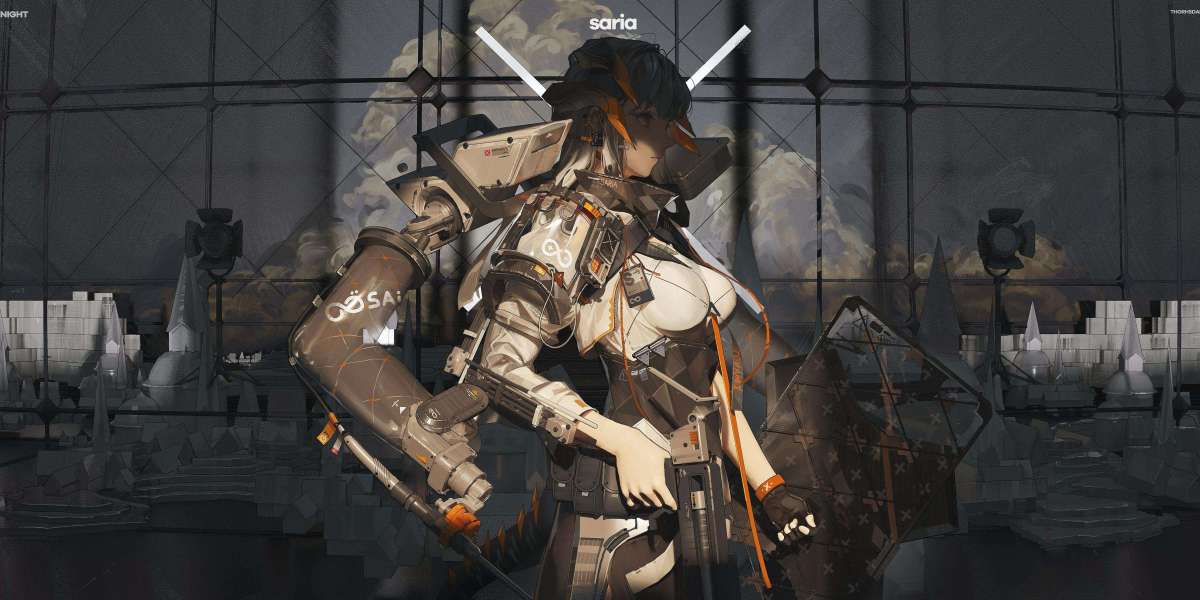Fused Deposition Modeling (FDM) is one of the most popular methods of 3D printing today. Understanding the basics of FDM 3D printing can open doors to innovation in various fields, from prototyping to manufacturing. This article will delve into how FDM works, its advantages, and its applications.

The Basics of FDM 3D Printing: How It Works
At its core, FDM 3D printing involves the layer-by-layer deposition of thermoplastic materials. The process begins with a digital 3D model, which is sliced into thin horizontal layers using specialized software. The printer then heats a filament, typically made of materials like PLA or ABS, and extrudes it through a nozzle onto a build platform.
- Heating: The filament is heated to its melting point.
- Extrusion: The molten plastic is extruded through a nozzle.
- Layering: Each layer is deposited on top of the previous one, gradually building the object.
- Cooling: The material cools and solidifies, forming a stable structure.
This layer-by-layer approach allows for intricate designs and complex geometries that would be difficult to achieve with traditional manufacturing methods.
Why FDM 3D Printing Matters
Understanding the basics of FDM 3D printing is crucial for several reasons:
- Cost-Effective: FDM printers are generally more affordable than other 3D printing technologies, making them accessible to hobbyists and small businesses.
- Material Variety: A wide range of thermoplastics can be used, allowing for flexibility in applications.
- Rapid Prototyping: FDM enables quick iterations of designs, which is essential in product development.
- Customization: It allows for the creation of tailored solutions for specific needs.
These factors contribute to FDM's growing popularity in industries such as aerospace, automotive, and healthcare.
Applications of FDM 3D Printing
FDM 3D printing is utilized in various sectors, showcasing its versatility. Some notable applications include:
- Prototyping: Rapidly creating prototypes for testing and validation.
- Manufacturing: Producing end-use parts and components.
- Education: Teaching students about design and engineering principles.
- Art and Design: Enabling artists to create unique sculptures and installations.
As you can see, the applications of FDM are vast and varied, making it a valuable tool in modern manufacturing.
Conclusion
In summary, the basics of FDM 3D printing reveal a technology that is not only innovative but also practical. Its ability to produce complex designs quickly and affordably makes it a game-changer across multiple industries. If you want to learn more about FDM 3D printing, visit .








